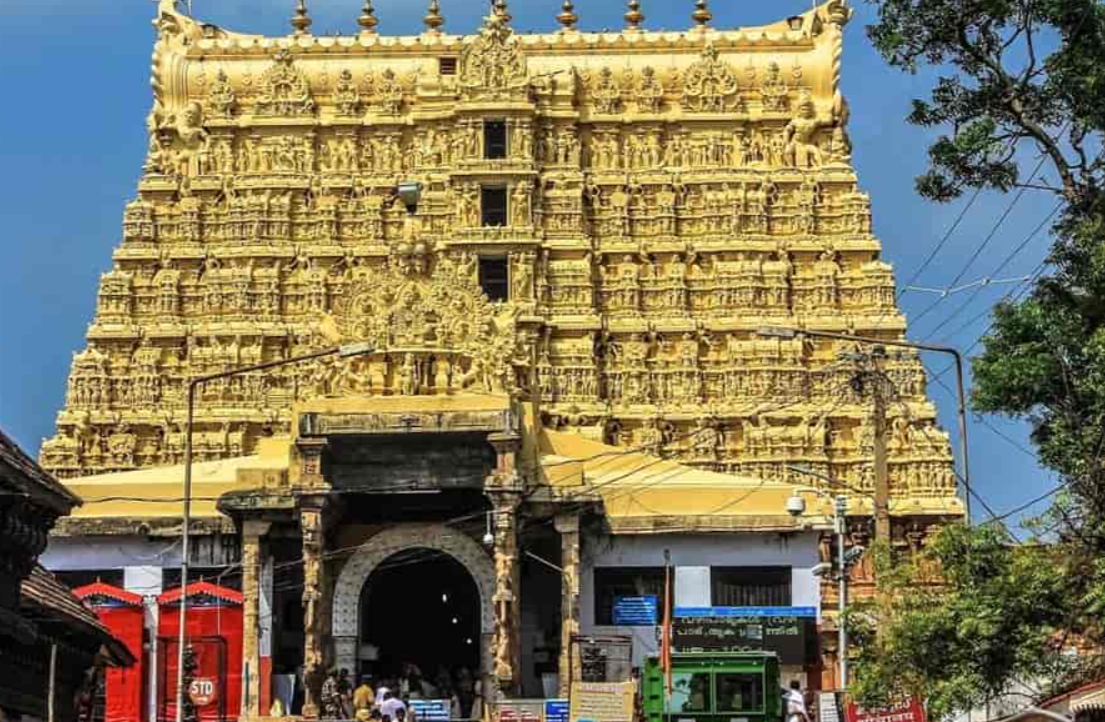In India’s energy landscape, natural gas plays a crucial role, emerging as a significant alternative to coal. With increasing emphasis on reducing carbon footprints, natural gas has become a pivotal component in India’s power generation strategy. The country is adeptly managing the growing demand with five states standing out as the highest natural gas producers. Let’s delve into these leading states and their contributions to India’s natural gas output.
Top 4 Highest Natural Gas Producing States in India
1. Assam: The Leader in Natural Gas Production
Assam tops the list of the highest natural gas producing states in India, with a production of 3,371 Million Metric Standard Cubic Meters per Day (MMSCMD) in 2024. The state’s prominence in the oil and gas sector dates back to 1889, when oil deposits were discovered near Digboi, marking the inception of India’s petroleum industry. Assam benefits from a well-established infrastructure for exploration and production, with significant contributions from Oil and Natural Gas Corporation Limited (ONGC). Additionally, its geographical proximity to Myanmar provides potential for discovering new reserves, enhancing its role as a leading producer.
2. Rajasthan: A Major Contributor
Rajasthan ranks second among the highest natural gas producing states in India, with a production of 2,619 MMSCMD in 2024. The state’s natural gas production surged due to significant discoveries in sedimentary basins, particularly the Cambay Basin. Major finds in the Barmer district by private entities such as Reliance Industries Limited (RIL) have bolstered Rajasthan’s status. The influx of investments in exploration activities has positioned Rajasthan as a promising region for future growth in natural gas production.
3. Tripura: Rising Star in Natural Gas Production
Tripura has recently emerged as a significant player in natural gas production, contributing 1,531 MMSCMD in 2024. Located in northeastern India along the Bangladesh border, Tripura has extensive gas fields within the Tripura Formation. The development of these fields has been driven by various companies, including ONGC, which have played a vital role in establishing Tripura as a key natural gas producer in the region.
4. Tamil Nadu: Important Player in Southern India
Tamil Nadu, situated on India’s southern peninsula, produced 1,067 MMSCMD of natural gas in 2024, marking its importance in the country’s energy sector. The state’s significant natural gas reserves are located in the Cauvery Basin, particularly in the Dharmapuri and Ariyalur districts. Both public sector undertakings like ONGC and private players such as Vedanta Limited are actively involved in exploring and developing these reserves. Tamil Nadu’s natural gas resources are essential for meeting the state’s energy needs and supporting the growing demand for gas in South India.
5. Gujarat: Strategic Producer with Key Reserves
Gujarat, with a production of 1,017 MMSCMD in 2024, ranks fifth among the highest natural gas producing states in India. The Cambay Basin in Gujarat is renowned for its extensive gas fields. Major players, including ONGC and various private companies, are engaged in exploring and developing these reserves. Gujarat’s strategic location on the western coast facilitates the transportation of natural gas, enhancing its role in India’s energy sector.
Conclusion
These top five states—Assam, Rajasthan, Tripura, Tamil Nadu, and Gujarat—play a vital role in India’s energy sector by contributing the highest quantities of natural gas. While states like Andhra Pradesh, West Bengal, and Jharkhand also contribute significantly, the leading states exemplify the country’s progress in domestic natural gas production. This robust supply of natural gas promises a bright future for India’s energy industry, supporting economic development, environmental sustainability, and energy security.
FAQ
Q1. How does the production of natural gas benefit India?
A1: Domestic production of natural gas reduces reliance on imported energy, enhances energy security, and supports a greener alternative for electricity generation and industrial use.
Q2. What measures does the Indian government take to increase natural gas production?
A2: The government encourages exploration through incentives, invests in advanced technologies for efficient consumption, and develops infrastructure for effective transportation of natural gas.
Q3. What is the role of natural gas in India’s future?
A3: A strong domestic natural gas industry can significantly benefit India by fostering economic growth, achieving environmental goals, and ensuring energy security.



